Partisans
Young architects seek to shake up design norms from Mecca to your living room


Alex Josephson, Pooya Baktash and their fellow architects at Toronto-based Partisans are engaging in architectural guerrilla warfare. They want your attention and, most likely, they’ll get it as they poke, prod, shock and awe you into changing the way you see the world, or at least its buildings.
“Everyone at Partisans is young. The average age is 26,” says Josephson. “The idea was to graduate and immediately start working, to be free and experiment and research and try to figure out a way to make that viable as a business.” Part of that experimentation involves seeing how far they can push their industry, with proposed projects like their New Mecca Masterplan, for which they were recently awarded the 2012 People’s Choice Award for unrealized projects by Azure magazine.
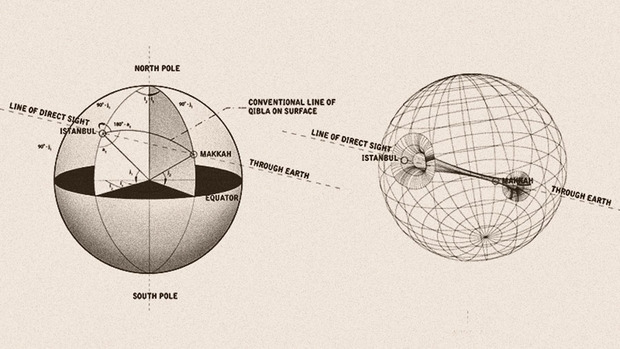
They came up with their vision for a new Mecca in response to the actual commission to redesign the holy city’s center, which was awarded to Zaha Hadid and Norman Foster (and 18 other architects) by the Saudi royal family.
Partisan’s plan replaces the Kaaba—a building at the center of the Masjid al Haram (the Grand Mosque) in Mecca and the holiest site in Islam; it is towards the Kabaa that Muslims face when they pray and a tenet of the religion that a pilgrimage to the site must be undertaken at least once in a lifetime—with a void, an absence of architecture. “As a counterpoint, we realized the most interesting place to imagine redesigning is the mosque itself. All these other projects stop there and build these grotesque buildings around the mosque,” says Josephson.
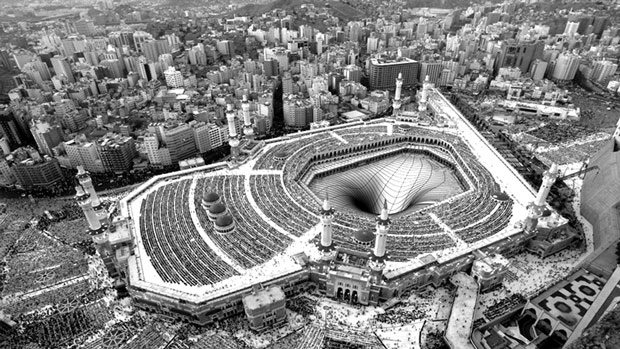
Partisans sees the parameters of the official competition as misguided, and critiques the winning plan that puts such emphasis on “huge buildings, luxury hotels and giant entrances—the things architects like to build,” says Josephson. Partisan’s proposal questions why the Saudis couldn’t do better to honor the creativity of their ancestors. “This is just bling,” he says, pointing to the Abraj-al-Bait Towers, a clocktower, giant 5-star hotel and shopping center that was completed in 2012 as the first part of Mecca’s redesign.
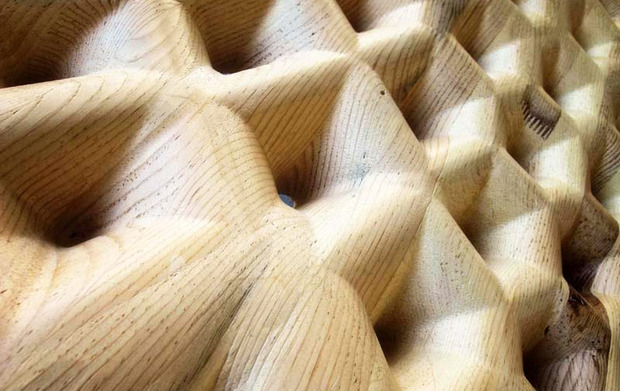
Projects like the Mecca redesign are indicative of the challenges Josephson and Baktash would like to present to the industry—as conceptualized by the rag-tag, energetic and diverse band of architects they’ve assembled under Partisan’s roof. “I imagined creating a practice with people of different backgrounds, of different disciplines,” says Josephson. “In-house we have a writer, musician, innovation and business strategist; we’re Hindu, Jews, Christians, Muslims and Atheists. We’re Iranian, Canadian, Slovakian, Indian, American. The idea was to bring these people together with disparate interests and professions to establish a new language of design.”
“The point is that it’s not perfect,” he goes on to say. “And the point is to challenge, the consumer first, and then the establishment. We’re interested in politics. We’re interested in the masses.”
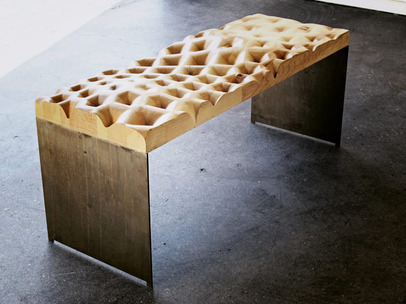
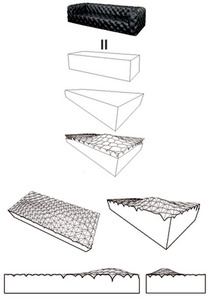
That isn’t to say that every Partisans project has to take on issues as significant or controversial as the center of the universe for the world’s 1.5 billion Muslims. They’re also bringing the fight to places like Pottery Barn with items like Tufftit, their take on the tufted leather bench where the soft leather is replaced with sculpted wood.
“Ninety percent of the world doesn’t buy into the idea of modern design, or contemporary design. People are conservative. Tufftit feeds off of that,” says Josephson. “We wanted to design furniture. People want tufted leather. We can we explore that language in a way that reinvents it, that is contemporary, that is perhaps futurist.” Also, it doesn’t look half bad.
Partisans currently has several projects in process that can be previewed on the firm’s website.











